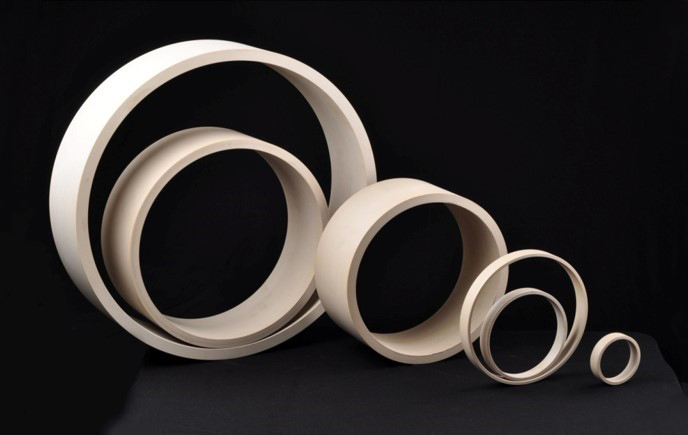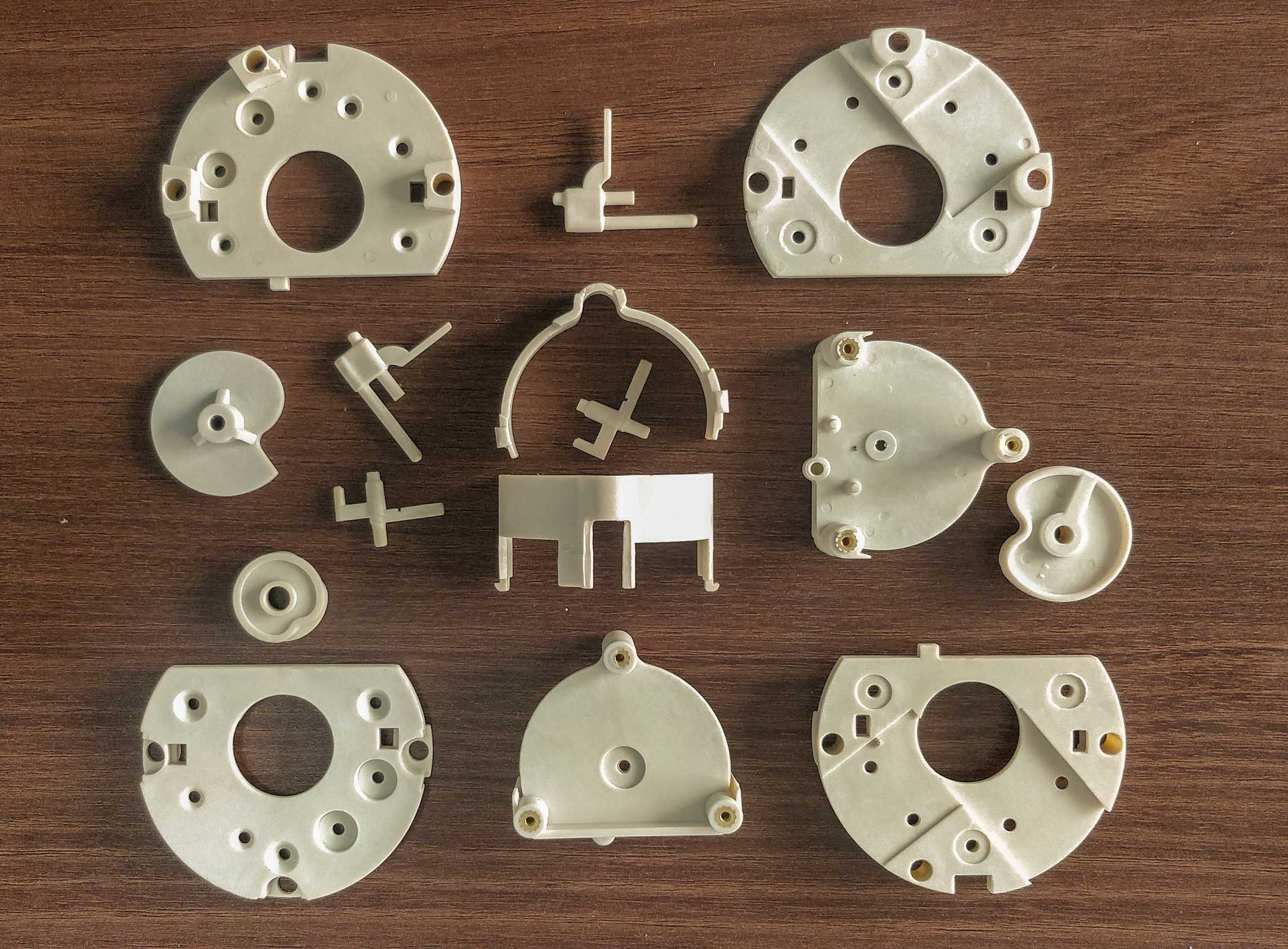PEEK is a high-performance thermoplastic material that is an excellent choice for demanding applications. It withstands high temperatures & is resistant to chemicals and radiation. PEEK can be used continuously in operating temperatures up to 480° F and in hot water or steam with no compromise to its physical properties. PEEK offers wear, moisture and chemical resistance along with exceptional strength, dimensional stability and stiffness. Because of its high-performance, PEEK is used in many challenging environments in the medical, nuclear, chemical processing and aerospace industries. PEEK is easily machined.
Applications:
- Wear rings
- Valve seats
- Aerospace components
- Bearings
- Compressor seals, etc.



